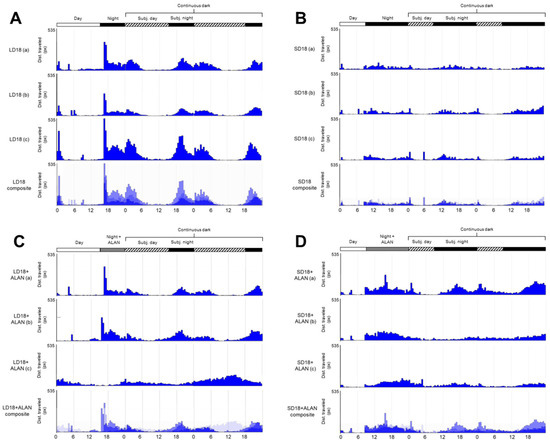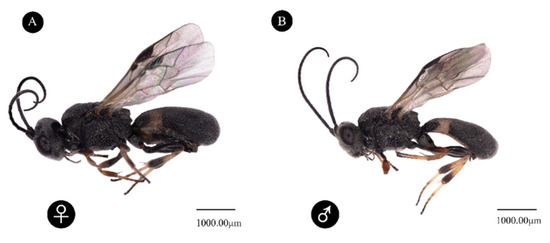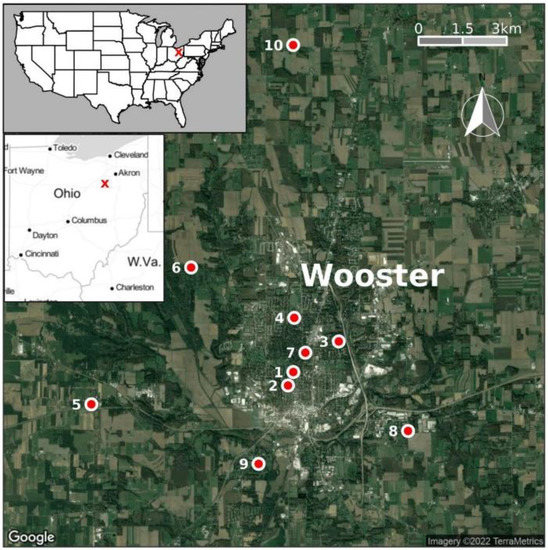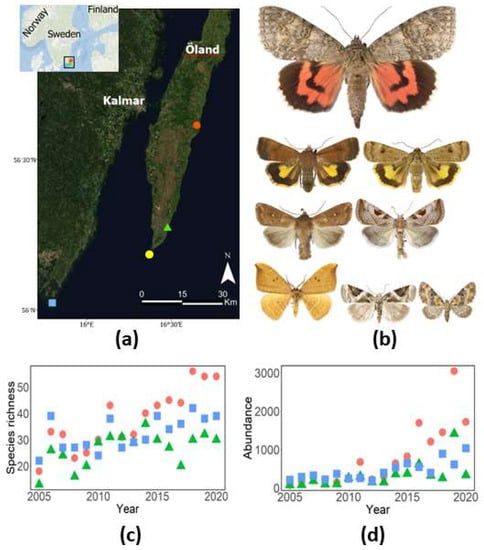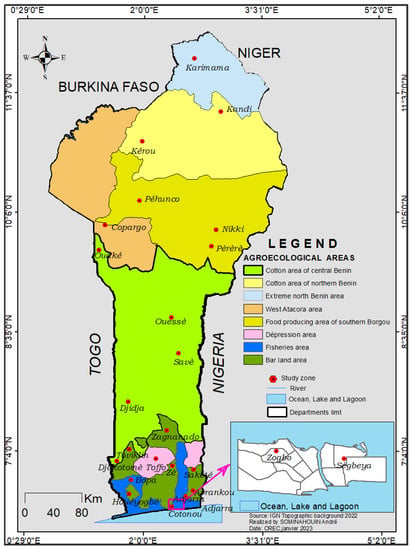Insects 2023, 14(1), 66; https://doi.org/10.3390/insects14010066 - 10 Jan 2023
Cited by 3 | Viewed by 2300
Abstract
Invasive snails and flies are major pests of imported orchids, controlled by methyl bromide (MB) fumigation in Korea. We compared the efficacy and phytotoxicity of ethyl formate (EF) and MB on four species of imported orchids using juvenile stages of Achatina fulica and
[...] Read more.
Invasive snails and flies are major pests of imported orchids, controlled by methyl bromide (MB) fumigation in Korea. We compared the efficacy and phytotoxicity of ethyl formate (EF) and MB on four species of imported orchids using juvenile stages of Achatina fulica and third and fourth instars of Lycoriella mali. EF was as effective as MB. The LCt99 values of EF were 68.1 and 73.1 g h/m3 at 15 °C; and those of MB were 95.9 and 78.4 g h/m3 at 15 °C for A. fulica and L. mali, respectively. In the scale-up trials, EF treatment at 35 g/m3 for 4 h at 15 °C resulted in complete control of both pests. MB treatment based on the current treatment guidelines for imported orchids (48 g/m3, 2 h, at >15 °C) resulted in complete control of L. mali but not of A. fulica. Chlorophyll content and hue values of treated orchids were not affected by EF treatment but significantly changed by MB (p-value < 0.05). All four treated species of orchids died within 30 d of MB treatment, while only one species died from EF treatment. Our results suggest that EF is a potential alternative to MB in phytosanitary treatment of imported orchids.
Full article
(This article belongs to the Section Insect Pest and Vector Management)
►
Show Figures


